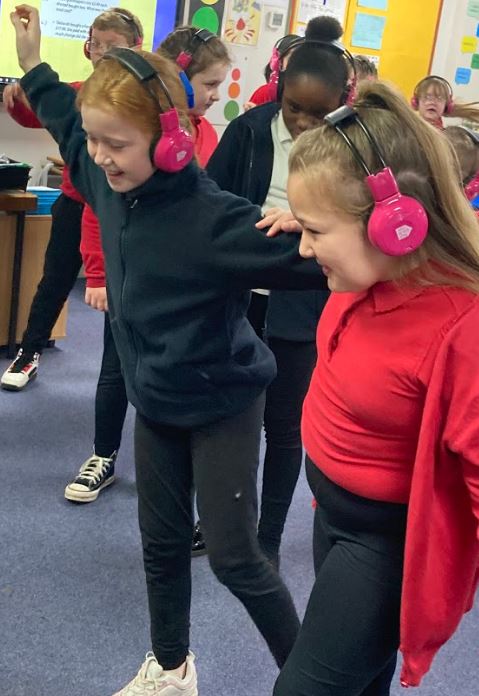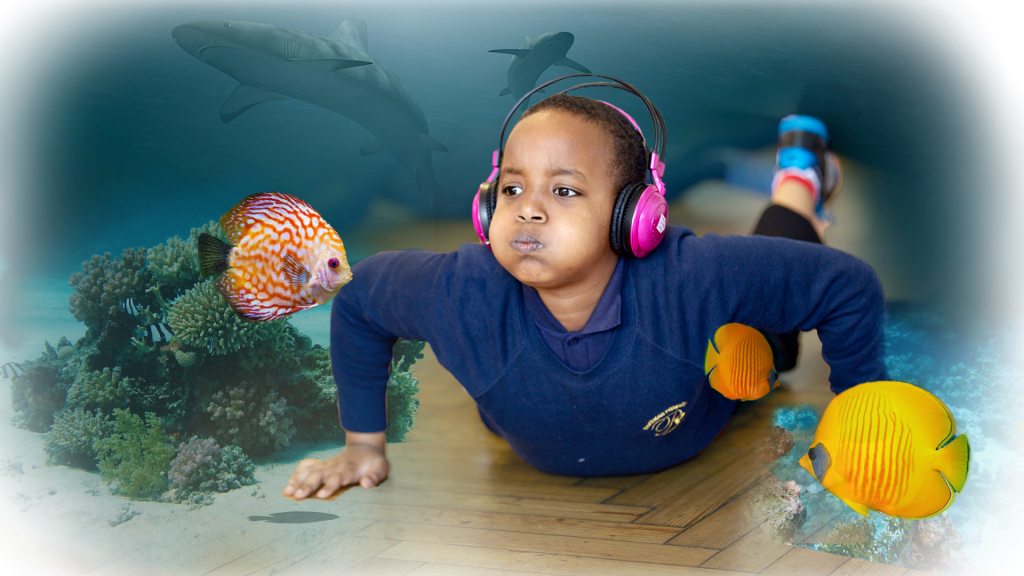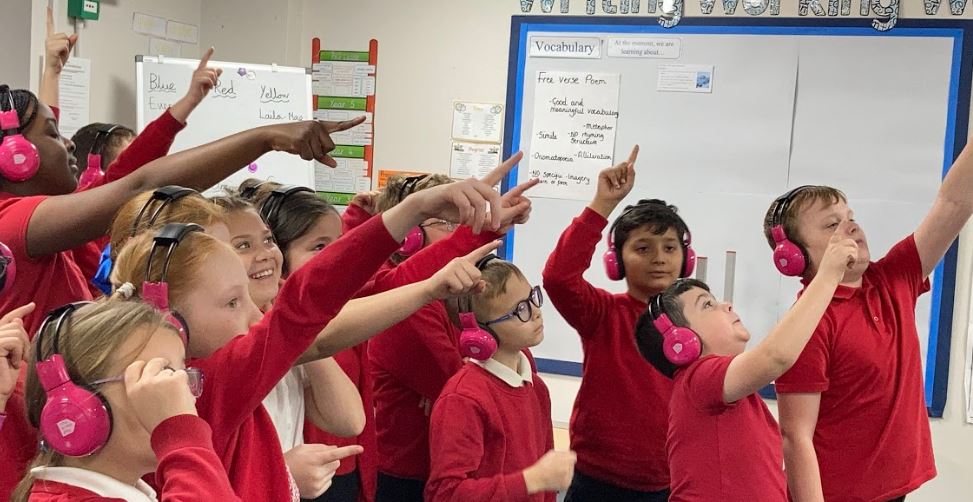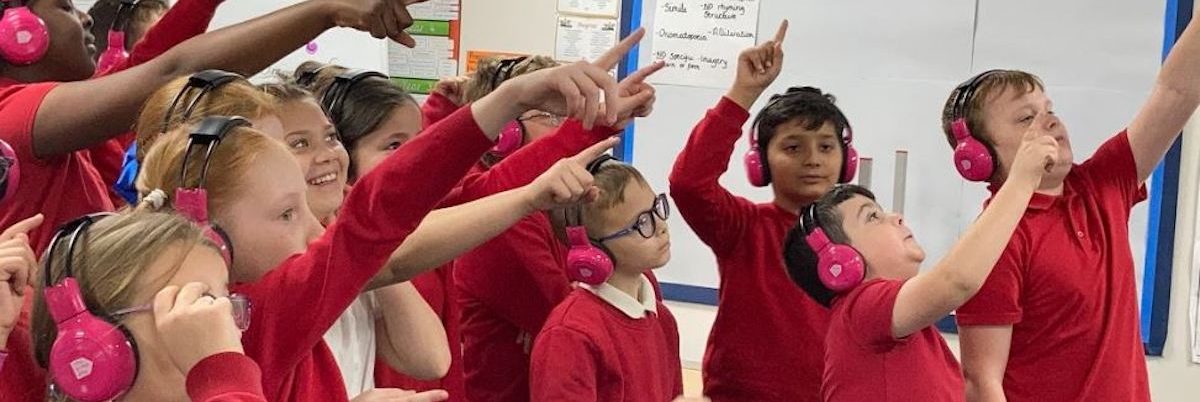
Chiltern Primary School began using now>press>play during the COVID-19 pandemic in order to help their children transition back into school life after a lockdown. In this case study, class teacher Helen Anderson explains why our Experiences and follow-on resources are still used in the school after COVID.
Why we began using now>press>play
We first started using now>press>play when the children returned to school after a period of home learning. We were aware of the need to engage pupils in their learning again, and we felt that now>press>play was the perfect resource to help us to do this.
As a school, we aim to enrich the children’s learning with as many experiences as possible. This helps the children to remember more and make links between learning. The now>press>play Experiences and teaching resources were a great addition to help us achieve this.
now>press>play fitted in perfectly with our active learning ethos, keeping the children physically active during their learning. This not only provided health benefits, but it helped them enjoy and retain what they had been taught.
How our students have reacted to now>press>play
The now>press>play resources have been received by our pupils very positively. There is an instant buzz of excitement when they see the box of pink headphones enter their classroom.
When asked what they thought about the now>press>play resource, this is what some of our pupils said:
“It’s fun and there’s lots of different Experiences to take part in.”
“It feels like you’re really doing it!”
“You’re learning, but it’s still fun.”
“There is something for everyone to enjoy.”
“It’s fun and there’s lots of different Experiences to take part in.”
“It feels like you’re really doing it!”
“You’re learning, but it’s still fun.”
“There is something for everyone to enjoy.”
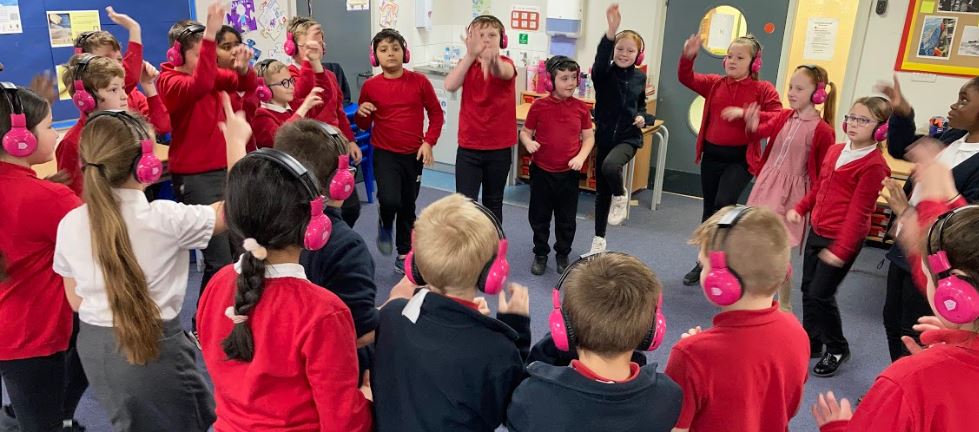
When taking part in Experiences, we find that all pupils engage with the scenario, soon forgetting any initial inhibitions. Wearing the pink headphones allows pupils to focus and gives them the confidence to participate. Afterwards, we have found that all children, regardless of any barriers to learning, are enthusiastic and keen to take part in class discussions.
How the now>press>play resources helped us consolidate learning following COVID-19
Staff across the school have used the now>press>play resources in their teaching after COVID.
Year 3 used the Stone Age Experience to consolidate their learning on the Stone Age. The children were able to make stronger links with and between the new learning they had gained during their recent work. All the children thoroughly enjoyed it, and they completed the Quiz follow-on resource as an assessment of what they had learnt.
“I enjoyed it because I was able to act like I was really in the Stone Age.”
Year 3 student, Chiltern Primary School
For our Year 5 staff, the Mission to Mars Experience helped them assess prior knowledge before their Space topic of work. It gave the children an opportunity to take part in the Experience, prompting recall of prior knowledge. The children then used this as a stimulus to ask questions before they embarked on their Science work, allowing enquiry-led learning to follow.
The Year 6 classes used the World War 2 Experience as a hook into the topic. It also provided the inspiration and content for writing a letter in the role of a child evacuee. After the Experience, the children were inspired to use a higher level of vocabulary linked with the theme. This was clearly evident in their written work.
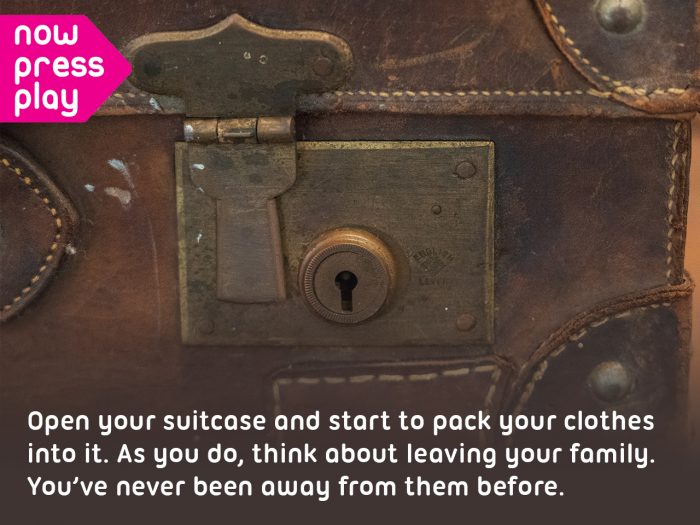
Using now>press>play to inspire quality writing
As in the above example of Year 6, we are able to use the now>press>play Experiences as inspiration during writing lessons. It is hard for a child to empathise with the idea of being evacuated from their home, as they have no real-life experience that even comes close. now>press>play allows the children to experience the event, and the detail included within the Experiences allows the children to begin to imagine the situation, evoking real thoughts and feelings. This provides fantastic inspiration for their writing.
We have also begun to allow the children to use the pink headphones when writing longer pieces of work. We play some music through the headphones to promote concentration. When wearing the headphones in writing lessons, the children can focus for an extended amount of time. Distractions around them are minimised, creating a better quality of work.
“The vocabulary the children were able to take from the Experience and then use within their own writing was fantastic.”
Year 6 teacher, Chiltern Primary School
Why now>press>play has worked in our school
For our school, I think that the time of now>press>play’s implementation (returning from a period of home learning during COVID-19) was a key element of its success. The children were finding it challenging to focus for extended periods of time whilst adjusting to in-school learning.
The now>press>play resources helped us to be creative in our teaching and provided active learning opportunities, enabling the pupils to access their education in a fun and creative way.
Another reason the now>press>play resources have worked so well in our school is that they provide real experiences that the children can play a part in. This leads to more meaningful learning, and the children are able to remember more of what they learn, as the links formed between learning are stronger.
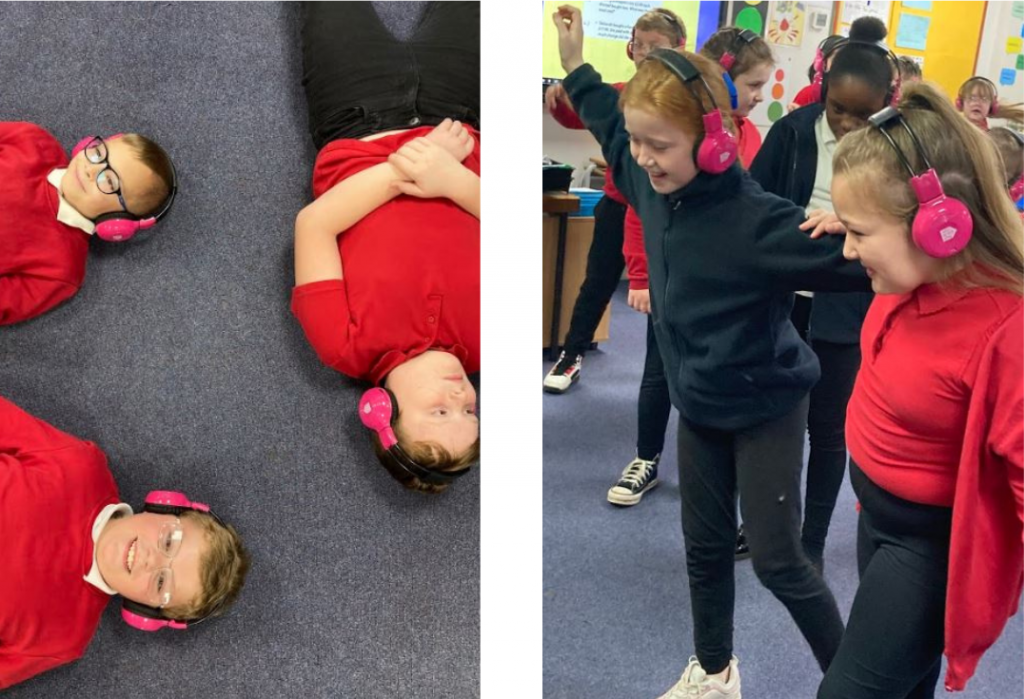
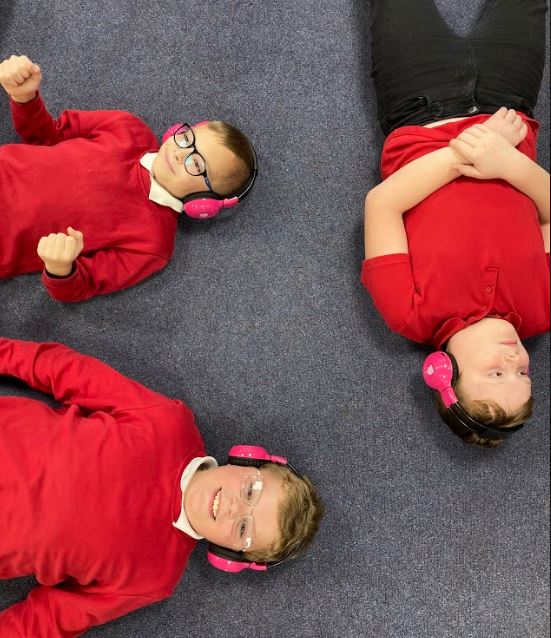
“The Experiences of now>press>play are great and flexible to use. They can work as a hook into new learning, to teach specific content, or as a tool for consolidation and assessment.”
Teacher, Chiltern Primary School
How now>press>play helps make our learning inclusive
I think anyone would find it difficult to argue that now>press>play does not benefit all pupils. It has been warmly and enthusiastically welcomed by all of our pupils, from EYFS to Year 6.
More specifically, our school has a high percentage of pupils with English as an Additional Language. now>press>play is a great resource to promote progress in their learning, as it works to develop their language acquisition around the work being completed in class.
Similarly, it engages our pupils with Special Educational Needs, as the auditory and kinaesthetic elements of the Experiences allow them to engage in learning along with their peers, which they might otherwise have found difficult.
We have also found that the now>press>play Experiences are great for our pupils who are reading below the level expected for their year group. While the pupil works on their reading progress in other lessons, the Experiences allow them to access learning, overcoming this barrier; they can gather new knowledge and information alongside their peers.
